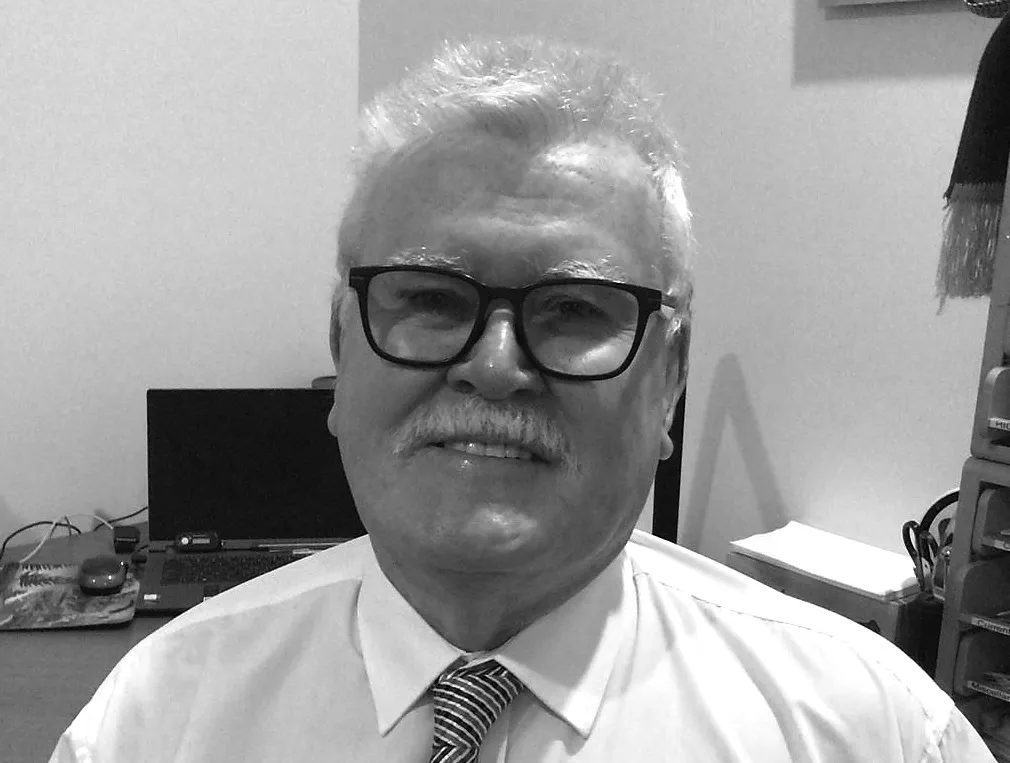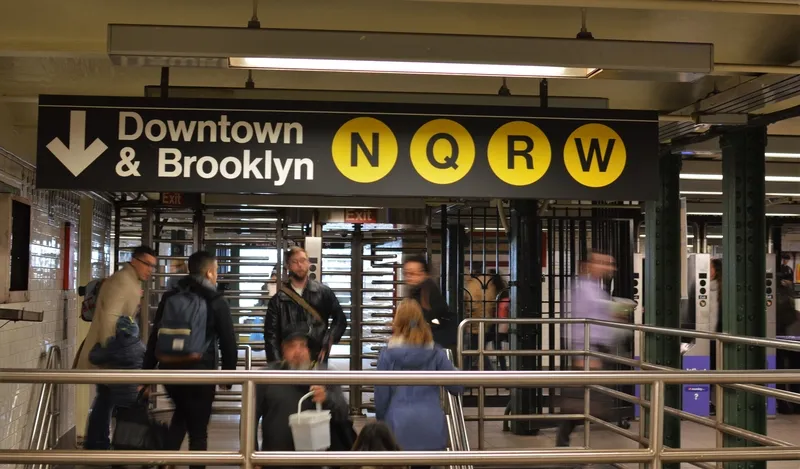Clearview Traffic Group has been shortlisted in two different categories for the Highways Magazine Excellence Awards 2012, with two diverse road delineation projects. In the Road Marking Project of the Year category, the company has been chosen as a finalist for its dynamic delineation project for the Hindhead Tunnel in Surrey, UK, where Clearview installed 868 Astucia IRS2 hardwired bi-directional road studs in a project initiated by the Highways Agency (HA) in 2007 to remove a major source of congestion a
September 28, 2012
Read time: 2 mins
In the Road Marking Project of the Year category, the company has been chosen as a finalist for its dynamic delineation project for the Hindhead Tunnel in Surrey, UK, where Clearview installed 868 Astucia IRS2 hardwired bi-directional road studs in a project initiated by the
According to Clearview, the hardwired road studs not only provide superior lane delineation with all the safety benefits, but also facilitate dynamic lane marking, allowing for normal running through each bore or a contraflow situation when one bore is closed. Under normal running every other stud, therefore every 9m, is illuminated facing the oncoming traffic, whilst during contra flow arrangements every stud is illuminated in each direction at 4.5m intervals as a ‘do not cross’ instruction. This has given the operators the flexibility they require to maximise the safe and smooth continuous flow on this critical arterial road under all operating conditions.
The company has also been shortlisted jointly with Jacobs and Telford & Wrekin Council in the Road Safety Scheme or Project of the Year, for the A41 Chetwynd road safety scheme, which aims to decrease the number of collisions and reduce speeding drivers on this hazardous section of road.
The scheme runs along a dangerous stretch of the A41 in Chetwynd and is said to be a first in the UK, using both
The awards will be announced in London at a special awards dinner on Thursday 11th October 2012.









